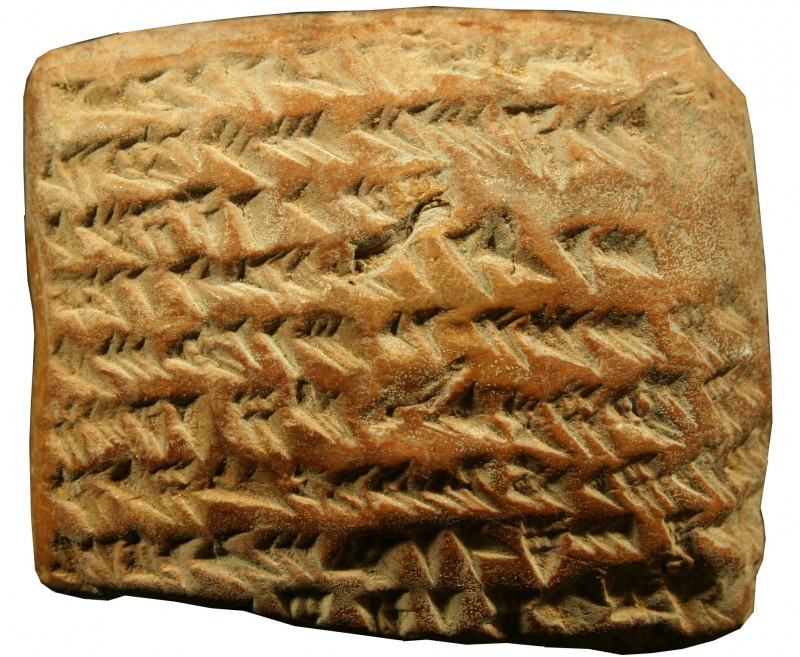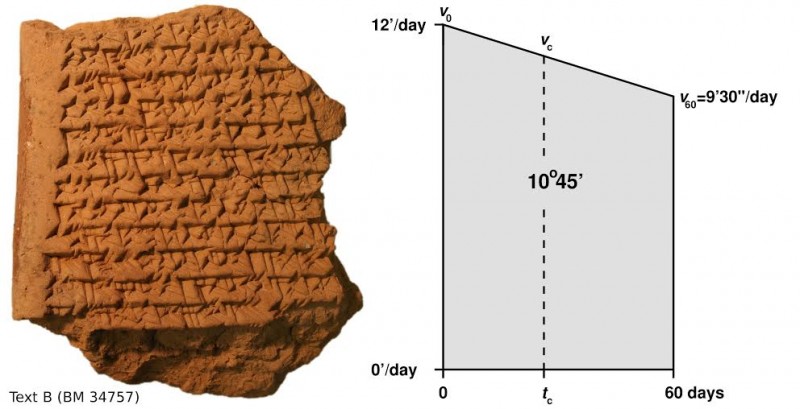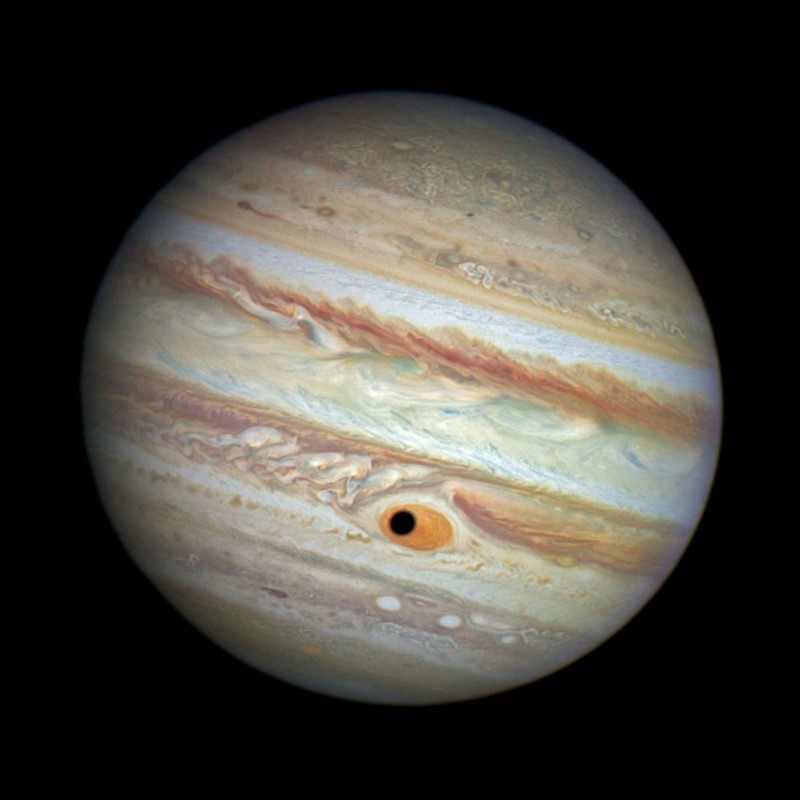 |
More than a thousand years before the first telescopes, Babylonian astronomers tracked the motion of planets across the night sky using simple arithmetic. But a newly translated text reveals that these ancient stargazers also used a far more advanced method, one that foreshadows the development of calculus over a thousand years later.
It’s a well-known fact that the Babylonians were skilled mathematical astronomers, who preserved their knowledge on hundreds of clay tablets. But when astroarchaeologist Matthieu Ossendrijver of Humboldt University in Berlin translated an unstudied text on Jupiter, he discovered something astonishing. To track the gas giant’s path across the sky, the Babylonians used a geometric technique—the so-called trapezoid procedure—that’s a cornerstone of modern calculus. Until now, this method was believed to have been developed in medieval Europe, some 1,400 years later.
“This shows just how highly developed this ancient culture was,” Ossendrijver, whose discovery appears in today’s Science, told Gizmodo. “I don’t think anybody expected something like this would be discovered in a Babylonian text.”
The text belongs to a collection of thousands of clay tablets, inscribed with cuneiform and excavated in Iraq during the 19th century. By translating and studying them over the past century, archeologists have learned a great deal about Babylonians, including their advanced system of astronomy, which grew out of the development of the zodiac around 400 BCE.
 |
| Marduk, the patron god of Babylon during the height of Babylonian astronomy, was associated with the planet Jupiter. Via Wikimedia |
Also priests, Babylonian astronomers believed that all Earthly happenings—the weather, the price of grain, the level of the rivers—were connected to the motion of the planets and stars. And of all the forces influencing our world from above, none were as important as Marduk, the patron deity of Babylon. He was associated with Jupiter.
As Ossendrijver explains in his paper, approximately 340 known Babylonian astronomy tablets are filled with data on planetary and lunar positions, arranged in rows and columns like a spreadsheet. Another 110 are procedural, with instructions describing the arithmetical operations (addition, subtraction, and multiplication) used to compute the positions of celestial objects.
But one collection—a set of four tablets on the position of Jupiter—appears to preserve portions of a procedure for calculating the area under a curve. These texts are fragmentary, and for decades their astronomical significance went unnoted. In 2014, Ossendrijver discovered their instruction book: a tablet, he said, that “just fell through the cracks,” and has been collecting dust in the British Museum since 1881.
 |
| One of the fragmentary Babylonian texts (left) showing a portion of a calculaton for determining Jupiter’s displacement across the ecliptic plane as the area under a time-velocity curve (right). Via Mathieu Ossendrijver |
The now-decoded “text A” describes a procedure for calculating Jupiter’s displacement across the ecliptic plane, the path that the Sun appears to trace through the stars, over the course of a year. According to the text, the Babylonians did so by tracking Jupiter’s speed as a function of time and determining the area under a time-velocity curve.
Until now, the earliest origin of this concept dated to mid 14th-century Europe. “In 1350, mathematicians understood that if you compute the area under this curve, you get the distance travelled,” Ossendrijver said. “That’s quite an abstract insight about connection between time and motion. What is shown by [these texts] is that this insight came about in Babylonia.”
“Who knows what else is hidden in the thousands of tablets lying in in museums around the world?” Ossendrijver continued. “This is part of the history of science, and I hope it raises awareness of the value of protecting that heritage.”

read more: gizmodo.com